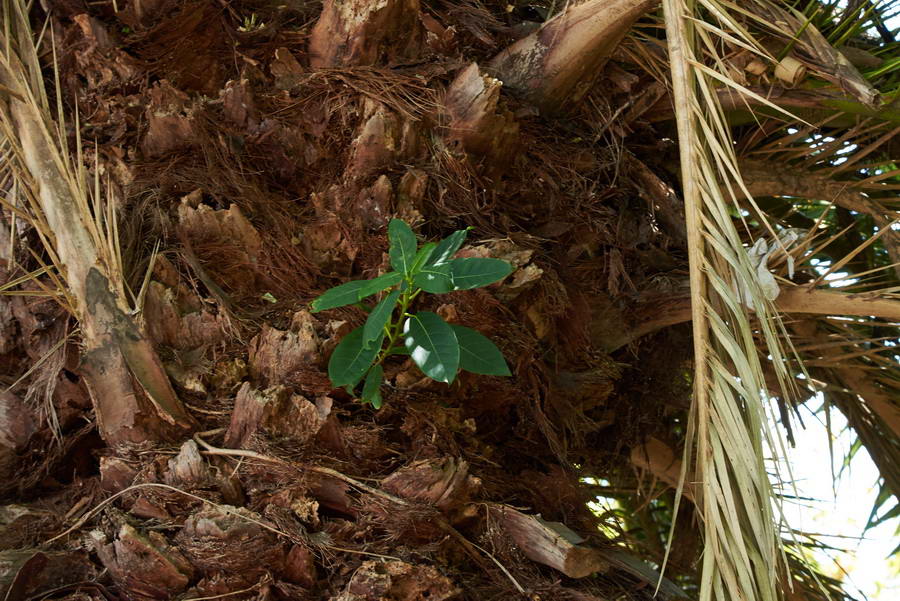More news - January 2021
|
Jerusalem thorn
Parkinsonia aculeata 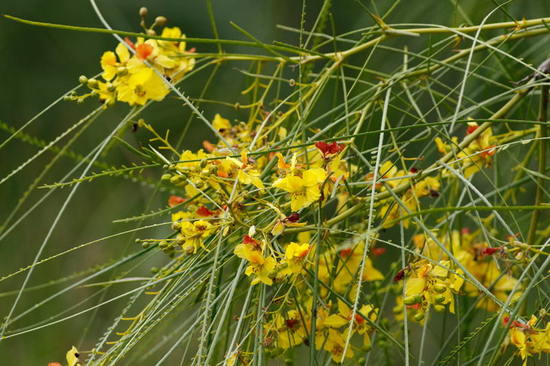 17-1-21 © J. Simón Tagtachian
|
|
Larger bur-marigold
Bidens laevis 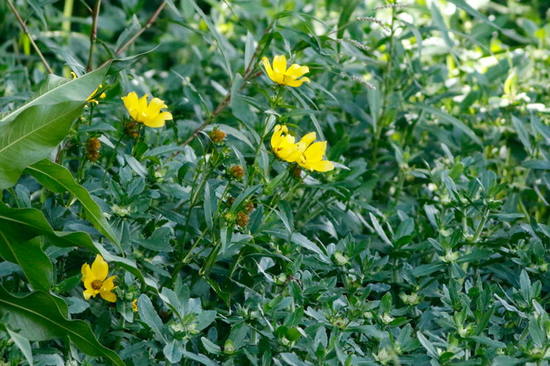 17-1-21 © J. Simón Tagtachian
|
|
Peach tree
Prunus persica 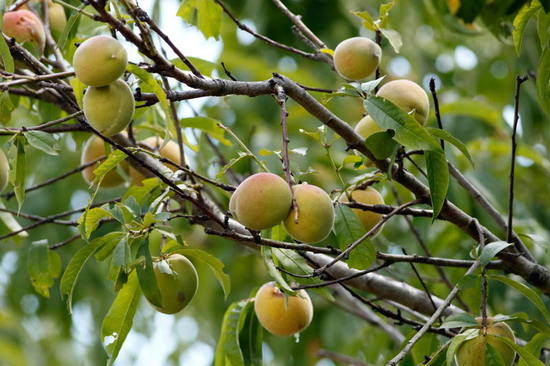 17-1-21 © J. Simón Tagtachian
|
|
Giant arrowhead
Sagittaria montevidensis 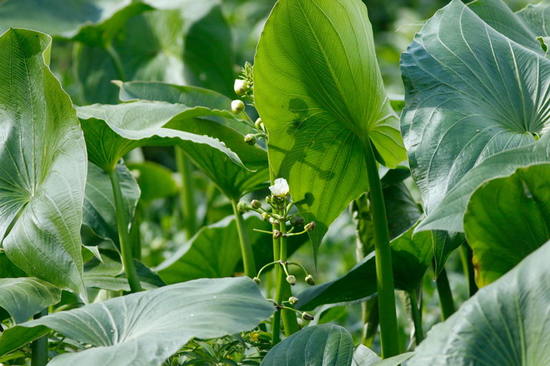 17-1-21 © J. Simón Tagtachian
|
|
Dicliptera tweediana
Dicliptera tweediana 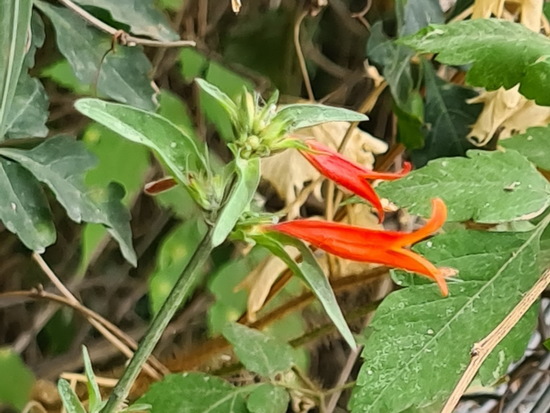 9-1-21 © Cora Rimoldi
|
|
The sky at midday
 8-1-21 © Milena Llopis
|
|
Wild fig tree
Ficus luchsnathiana |
| The wild fig tree is native to Brasil, Uruguay, Paraguay and Argentina, being this location the southernmost distribution. It is a big tree reaching 15 metres. It is appreciated by the shade it provides. The bark is slightly rough. Its latex, leaves and fruits have medicinal uses and fruits are also used to prepare mermelades.
Its vulgar name refers to the resemblance to the common fig due to the fruit type, a syconim which is pollinated, in the case of this fig, specifically by the wasp Blastophaga cabrerae. It also has other names such as matapalo or agarrapalo due to its strangling habit. The seeds are spread by birds and germinate in any crevice or crown or tree trunks where soil accumulates. At first it grows like epiphytes using the means as a support. The stems grow upwards looking for sun and the roots downwards till they reach the ground. They thicken and blend to form a false trunk wrapping the surface. The real trunk with leaves grows on the support, depriving it from light, which in the case of a plant, weakens it to death |
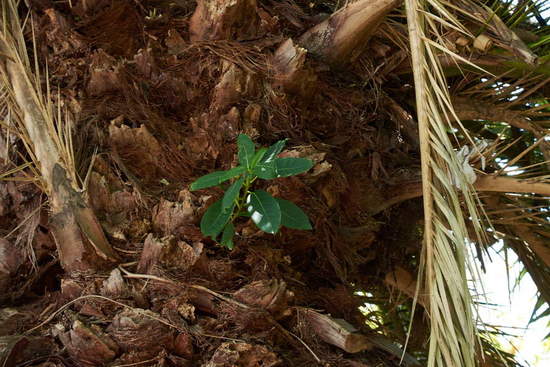 3-1-21 © Milena Llopis
 8-1-21 © Milena Llopis
Almost at the very beginning. We will follow the development
|
| When the wild fig tree is cultivated it has terrestrial habits. |
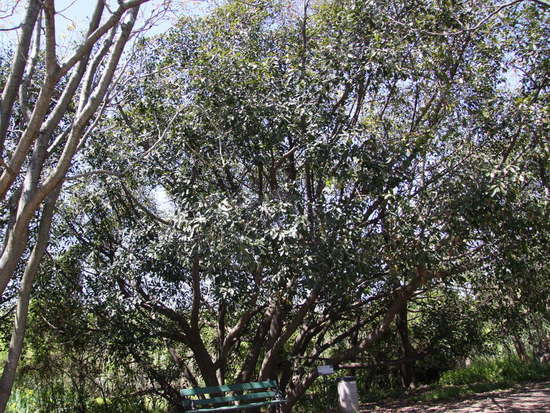 11-10-12 © Cora Rimoldi
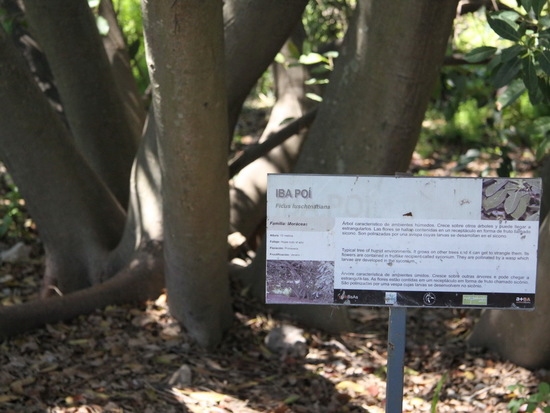 11-10-12 © Cora Rimoldi
An individual of terrestrial habit. I guess this grew spontaneousy as most of the vegetation did. So we can estimate it is at the most 40 years old. It still stands some meters away from the beginning of the Lizard Path on the left moving to the Brasil end. The name on the board is one the guarani names this plant has. Iba poí means fruit of the water. It derives from ïva = fruit, pó which indicates contained in and ï = water
|
|
Jerusalem thorn
Parkinsonia aculeata 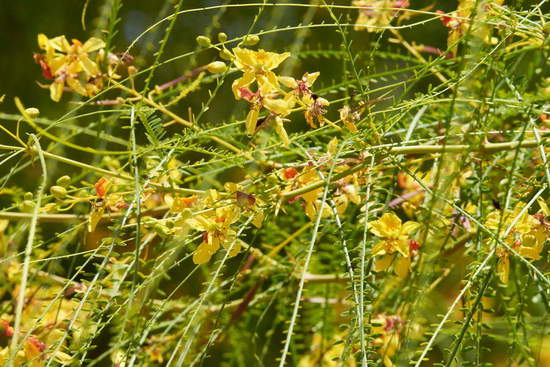 2-1-21 © Milena Llopis
|
|
Peach tree
Prunus persica 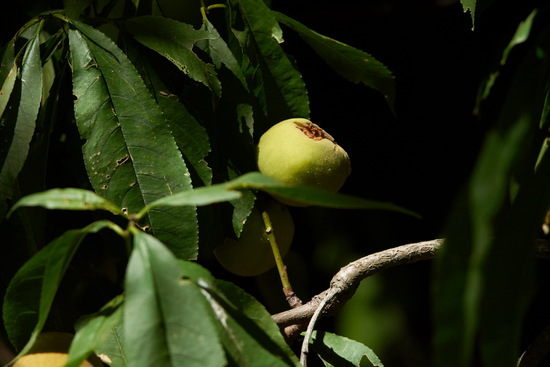 2-1-21 © Milena Llopis
|




















